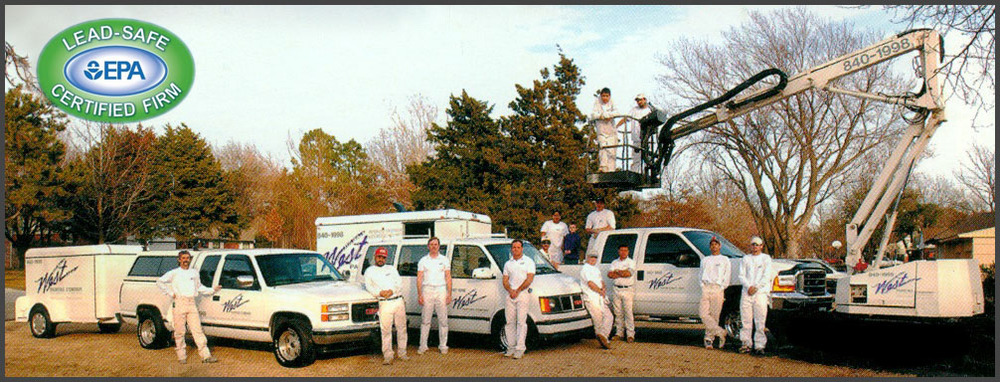
Conductor wiring differs from open-type and cable wiring in that it uses one conduit for multiple conductors. Conduit wiring layouts should be simple and use fewer conduits. However, the wiring can be confusing if you don't know what you're doing. Here are some tips to help you wire your home and office with conduit. Let's get started! Continue reading for more information!
Flexible conduit
Flexible conduit is a good choice for managing a network in a small office, or larger industrial facility. They are durable and safe for all types of electrical applications, and they can be twisted and curved with little effort. You can choose from a wide variety of flexible metal conduits for different applications. For industrial environments, the C-series is recommended. The D-series is better suited for air conditioning and communications systems.

Flexible conduit can also be used in dispenser cabinets. These flexible conduits can transmit fuel and also house the wiring of the dispenser pump. These tubes are typically made from PVC, or other chemically resistant materials. The flexible conduit is connected via a fitting method that is easily removed and attached to the second segments. The conduit can be installed in the dispenser and is now ready to be used. Once the conduit is connected, a wiring connector creates electrical continuity between them.
Electronic metallic tubing
It is common to see electrical metallic tubing in commercial and industrial settings. It is a thin-walled metal tube that joins together using compression fittings and set crew connectors. It is easy to install because of its threaded ends. However, it is less flexible than rigid metal conduit. It doesn't matter which type of conduit you use, the metal's flexibility will be an advantage. It is commonly used in commercial buildings.
EMT is made mostly of galvanized steel, and occasionally aluminum. These materials are often protected with additional protective coatings. EMT is subject to rigid metal conduit rules. However there are some variations. EMT comes in standard sizes from one to four inches. Supports are required at no more than 10 feet intervals. It can be fished, and can be used in tight spaces. It can be used in outdoor and indoor applications, and is usually suitable for both indoor and outdoor wiring.
Water pipe
A water pipe conduit can pose unique challenges when wiring. To get around this issue, you can pull the snake out of conduit. If there are no cables attached, you can simply pull out the snake and let the water run through. You can attach a small plastic pouch to the end of your snake to make this process easier. You can pull the snake slowly, while the bag holds the wires. Then, pull them through the conduit.

Then, make sure the conduit is clean and dry before you start installing the cables. It is important to seal the pipe, but it should not leak air. While duct putty is a common sealant, it has the potential to sag over time and leave openings as cables are moved around. Canister foam products should not be used as conduit sealants. They act like a sponge and allow moisture to pass through.
FAQ
How can I get service contract agreements?
You can obtain a standard form of SCA from your local government or contracting authority. Alternatively, you could use our online quote generator to find out more information about your requirements and then send us your details so we can contact you with further information.
What is the purpose and scope of the service agreement
A Service Agreement is used to establish the terms on which your customer will purchase goods from you. It also specifies how you will deliver those services to them in return for payment.
The most commonly used form of this document, is the Sales Order Form. This is where the customer will indicate what products they are purchasing and what their prices are. The order will also include any additional items, such as delivery costs, VAT, insurance, and so forth. You also specify the delivery and payment dates.
You can use different documents depending on the nature or transaction.
For example, if you are providing a service rather than selling a product, you may use an invoice instead.
If you are buying something from another person, you would likely use a Purchase Order Form.
It is important to include all required information when drafting a sale order form.
Remember: The more detailed your sales order form is, the easier it will be for the buyer to understand.
Is a contract of service a warranty?
A service contract does not constitute a warranty. A service contract is an agreement between two people to exchange goods or services. In this instance, the customer agrees that he will cover the costs of replacement or repair if the product doesn't perform as expected. This type is also known under the name maintenance contract.
Is there a way to prepare for negotiation before hand?
Yes!
There are many methods you can prepare for negotiation.
One option is to set out the terms of the agreement in writing
How much does it take to get building permission?
It varies depending on the state and the complexity of your proposal. It can also depend on whether you are applying for permission to build or extend your existing house. You should expect to wait several months before everything is approved.
What is a Standard Contract Form and how do you use it?
A standard contract form is a template for creating contracts. These templates typically include all the elements required for creating a contract such as the date and time, the place, and the parties.
Clients can alter standard contract forms to meet their needs. Some companies even offer standard contract forms.
These forms are not always appropriate for every situation. However, they can often save you a lot of time and effort.
This standard contract form might be worth your consideration.
Can I cancel or terminate my contract at any time?
Yes. However, this must be done within 14 business days of signing your agreement. You can usually terminate your contract by giving written notice up to 7 working days before the end date specified in your contract. But, you could still owe the contractor money if you give too little notice.
Statistics
- (d) Contractor disputes related to compliance with its obligation shall be handled according to the rules, regulations, and relevant orders of the Secretary of Labor (see 41 CFR60-1.1). (acquisition.gov)
- (v) Place or places of performance of the prime contract and first-tier subcontracts estimated at $10 million or more, if known. (acquisition.gov)
- While we offer all our high-quality services at competitive prices, we know that many who need our services are on fixed incomes, so we offer a 10 percent discount for seniors and military members. (homeservicecontractorsinc.com)
- Depending on the client's trustworthiness and financial stability, a deposit is usually 10 to 50% of the total contract amount. (lawdepot.com)
- (3) The contracting officer may provide for a contract price adjustment based solely on a percentage rate determined by the contracting officer using a published economic indicator incorporated into the solicitation and resulting contract. (acquisition.gov)
External Links
How To
What should a service contract include?
A Service Agreement (SA) is essential to any business relationship. It defines what you want from each other, and how you will get it. It also outlines when and where the other party must fulfill its contractual obligations.
A successful SA must include these key elements:
-
The scope of both the work and the services required.
-
Payment terms details, including start date and expiration dates for goods/services.
-
The project price must be agreed.
-
Additional charges such as VAT and other fees may apply.
-
Whether there is any other matter that should be discussed.
-
Who will take care of the job if it goes wrong?
-
How to resolve disputes
-
What happens if a party breaches the contract.
-
What happens if there is a dispute
-
When will the contract become effective?
-
What happens if one party fails to perform?
-
What time do you need to pay your invoices?
-
Who pays for things like travel expenses.
-
Where the money came from.
-
What happens if a client changes mind about the project?
-
What happens when the supplier doesn’t show up.
-
Who has access during construction to the site?
-
What happens when the customer cancels a project?
-
What happens if the product is faulty.
-
What happens if the supplier refuses to sell parts?
-
What happens when the equipment stops working?
-
What happens when the project takes longer to complete?
-
What happens if the work isn't completed within the agreed timescale?
-
What happens when the project's quality falls below what you expected?
-
What happens if costs exceed expectations?
-
What happens if you don't receive your materials on time?
-
What happens if the material arrives damaged.
-
What happens if the products aren't up to standard?
-
What happens if you cancel the job before it is complete?
-
What happens when the company goes under?